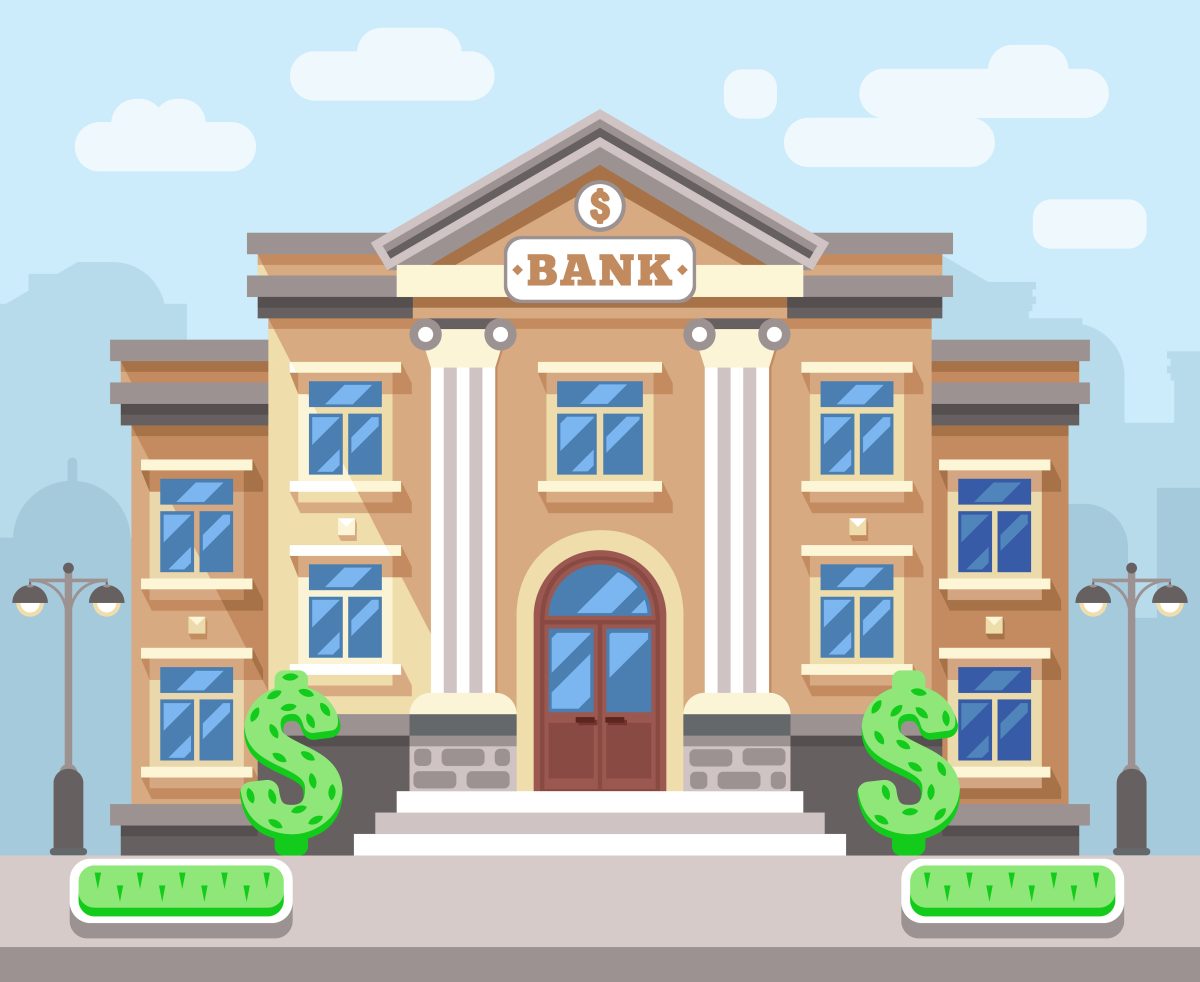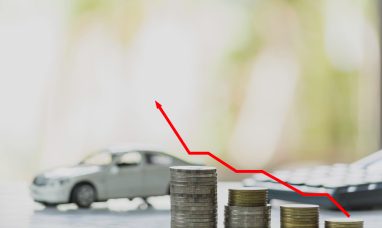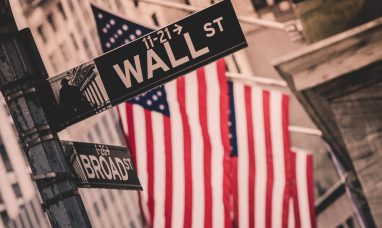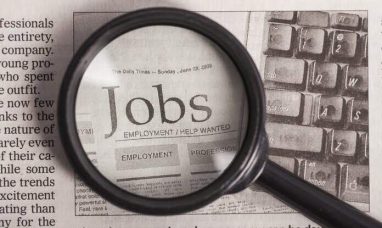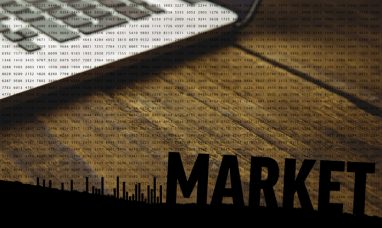New Economic Regime
For close to 30 years, the Federal Reserve and other central bankers basked in a world of lowering market interest rates, low inflation, an effective expansion of the supply of labor, and somewhat more open and stable markets for goods and services.
The COVID-19 pandemic has challenged these tendencies, if not wholly upended them, creating uncertainty for policymakers.
The Federal Reserve has had to adapt to a development that no one saw coming: a surge in inflation mixed with stagnant growth in the American labor force. However, this might be the first step in a long process of coming to terms with how economic dynamics have changed, forcing central bankers to adapt and explore topics like industrial organization and the supply side of the economy that are traditionally outside of their purview.
On a panel at last week’s American Economic Association (AEA) meeting in New Orleans, Atlanta Fed President Raphael Bostic noted that describing the types of changes that may be occurring in terms of a new economic regime is common among economists. However, “identification becomes something of an art form,” Bostic said.
“If you want to recognize the regime shift, you must… Then you need to be able to see and grasp the big picture of the transition dynamics… Making a unified argument reflecting a majority opinion is a daunting task.”
According to Bostic, the U.S. labor market has already undergone an irreversible transformation, leaving the economy with a pervasive scarcity of employees and a populace that makes different decisions about employment, leisure, and retirement.
The chasm, however, may go far more profound than that in the underlying structure.
Discussions about the global economy adjusting to the pandemic and to new geopolitical risks stemming from Russia’s invasion of Ukraine and China’s uncertain position in the post-pandemic world were on the agenda of the AEA meeting in New Orleans. They may prove to be just the tip of the iceberg.
Companies that aren’t willing to rely as heavily on China or who simply want more robust supply chains may restructure along different, more expensive lines; financial markets that have been buoyed by historically low-interest rates and a global surplus of savings may need to adjust to higher debt levels and interest rates; and adaptation to climate change, whether to mitigate damage or to move to lower-carbon alternative power sources, maybe another fork in the road.
Former IMF chief economist and current Harvard University professor Kenneth Rogoff speculated that “we may well be at a tipping point in the global economy” during a panel discussion at Saturday’s AEA convention. According to the article, “Markets geared to… Chinese development and cheap interest rates may prove brittle.”
Recent Developments
Kristin Forbes, a professor at the Massachusetts Institute of Technology and a former member of the Bank of England’s Monetary Policy Committee, spoke on the same panel as Rogoff and noted that the past year saw unprecedented joint losses in significant stock and bond indexes. This correlated downturn challenged the basics of portfolio management. It should trigger deep rounds of new research about preparing for future crises.
It is not always easy to spot a recession or other economic turning points while they are happening.
Although the 1990s productivity boom wasn’t widely reflected in statistics then, then-Fed Chairman Alan Greenspan claimed it was happening and accurately predicted that inflation would remain lower than projected, necessitating lower interest rates.
As an alternative, former Fed Governor Randall Kroszner said that the industry failed to see how shifts in the U.S. mortgage market had bred systemic vulnerabilities that ultimately brought down the financial system.
Kroszner, an economics professor at the University of Chicago Booth School of Business, told Reuters, “Policy needs to be determined in real-time.” “Humility in the face of the possibility that the models you are employing, and the data you are relying on may not be suitable moving ahead.”
Institutions like the Fed may need time to adjust, even when it’s evident that change is occurring.
For instance, it has been assumed for some time now that the neutral interest rate (the rate at which interest rates neither slow down nor speed up the economy) has been declining, enabling the Federal Reserve to maintain a lower policy interest rate.
However, although mounting evidence of this fact emerged in the wake of the Great Recession of 2007–2009, it wasn’t incorporated into Fed policy under a new strategy that leaned against early interest rate hikes until 2020.
This occurred just in time for what may be yet another move in another direction, as the Fed now faces a world that, rather than a chronic lack of demand and moderate inflation, may be defined by constricted supply and prices that are too high for comfort.
For example, Fed officials have started proposing new areas to study and theoretical frameworks to fit inflation research.
This past week, Minneapolis Fed President Neel Kashkari wrote an article in which he drew parallels between current inflation and the “surge pricing” techniques used by digital companies like Uber Technologies (NYSE:UBER). As part of a panel discussion at last week’s AEA convention, Fed Governor Lisa Cook outlined the foundations of a plan to rethink the Fed’s understanding of price dynamics and its implications for monetary policy.
She proposed using “real-time and other innovative indicators to better predict inflation.” There is no such thing as too much data and analysis when the economy is interrupted by a once-in-a-century occurrence.
At the heart of it is a shift in emphasis toward the economy’s supply side, which is something that monetary officials take for granted since their primary instrument, interest rates, works to stimulate or dampen aggregate demand or spending.
Policymakers may not be able to directly affect the economy’s capacity to deliver products and services, which may be determined by factors such as regulatory policy, immigration, or, most fundamentally, the quality of the education system and the capabilities of the people who emerge from it.
Bostic, however, said that the outbreak proved that policymakers could no longer turn a blind eye.
Bostic told reporters in Atlanta on Monday, “We discovered that supply shocks may continue for quite a while in a manner that I don’t believe our conceptual frameworks truly appreciated.” When it comes to the new economic regime, “I believe we do need to understand how products are manufactured and how our processes make it simpler or harder,” as one expert put it.
Featured Image: Freepik









